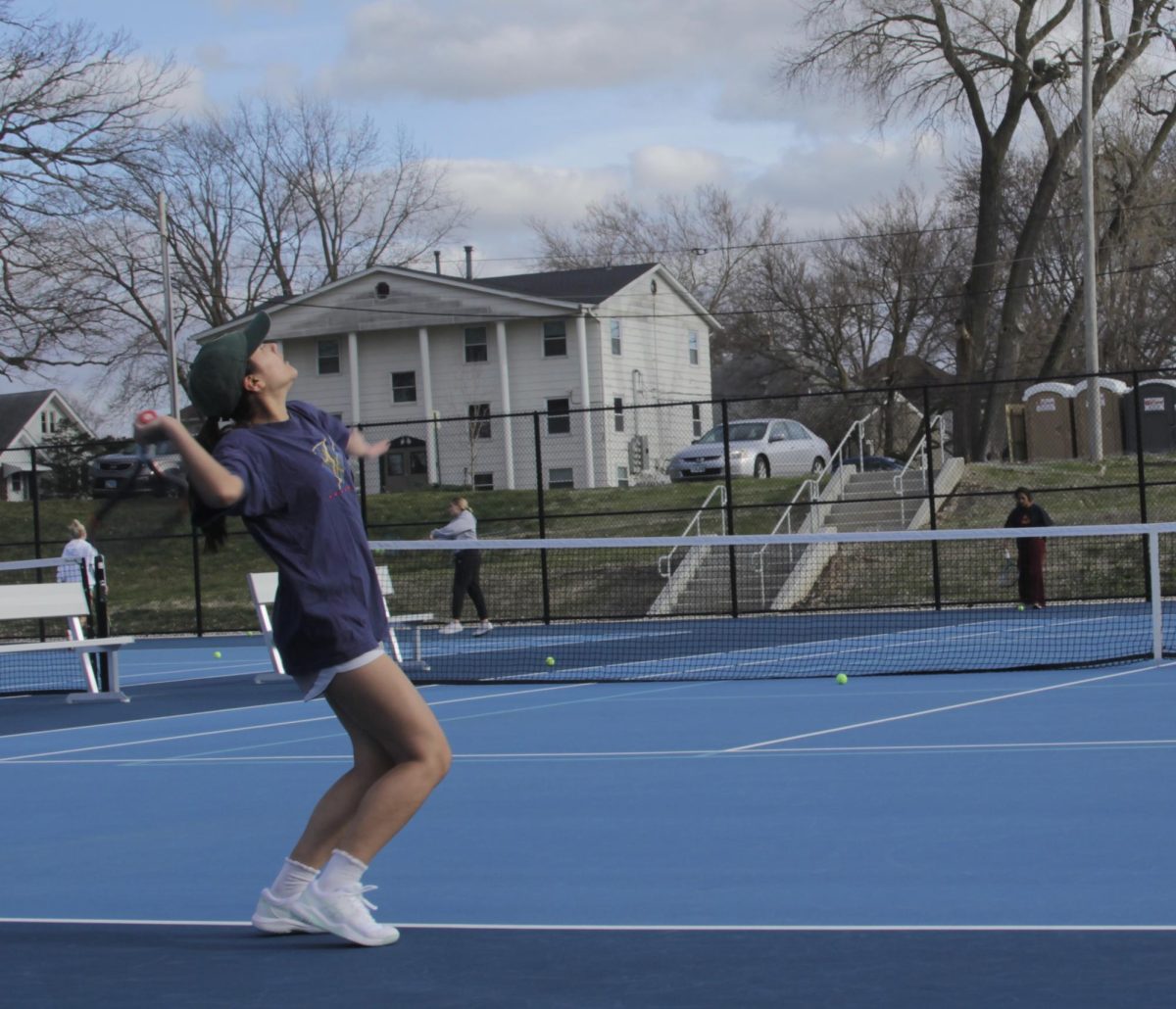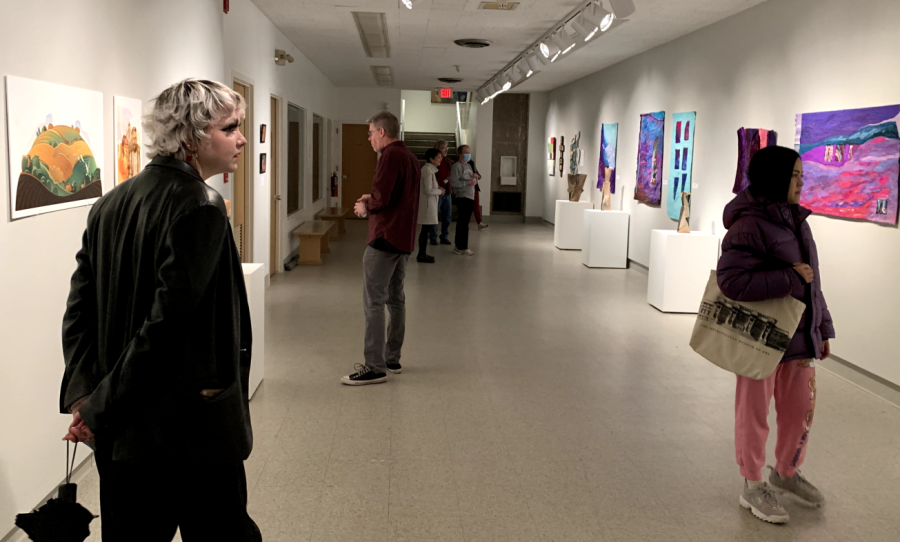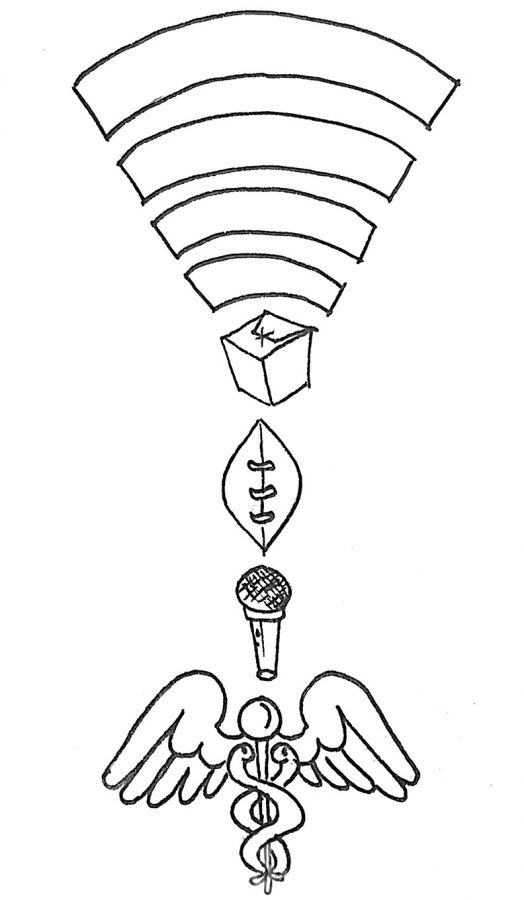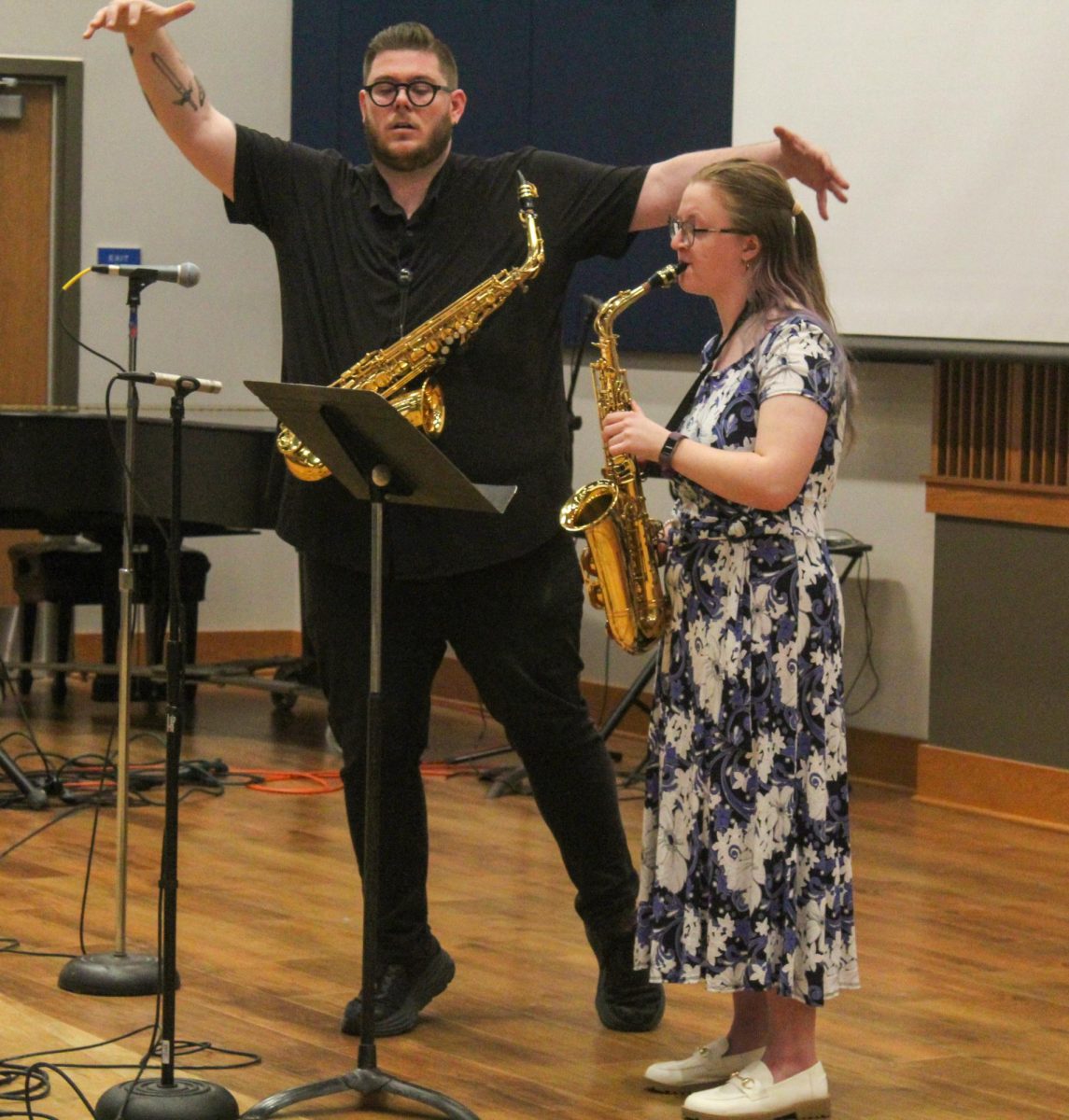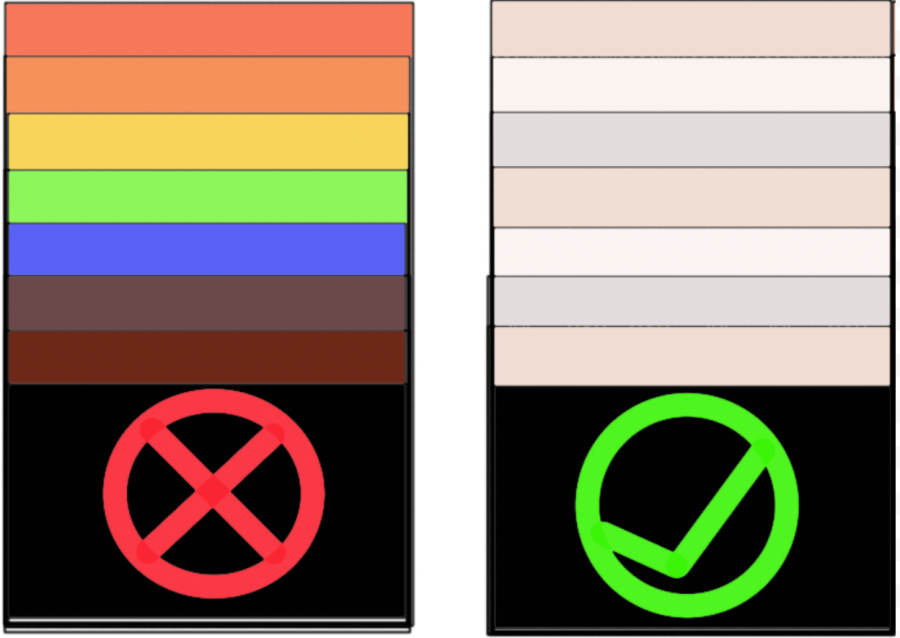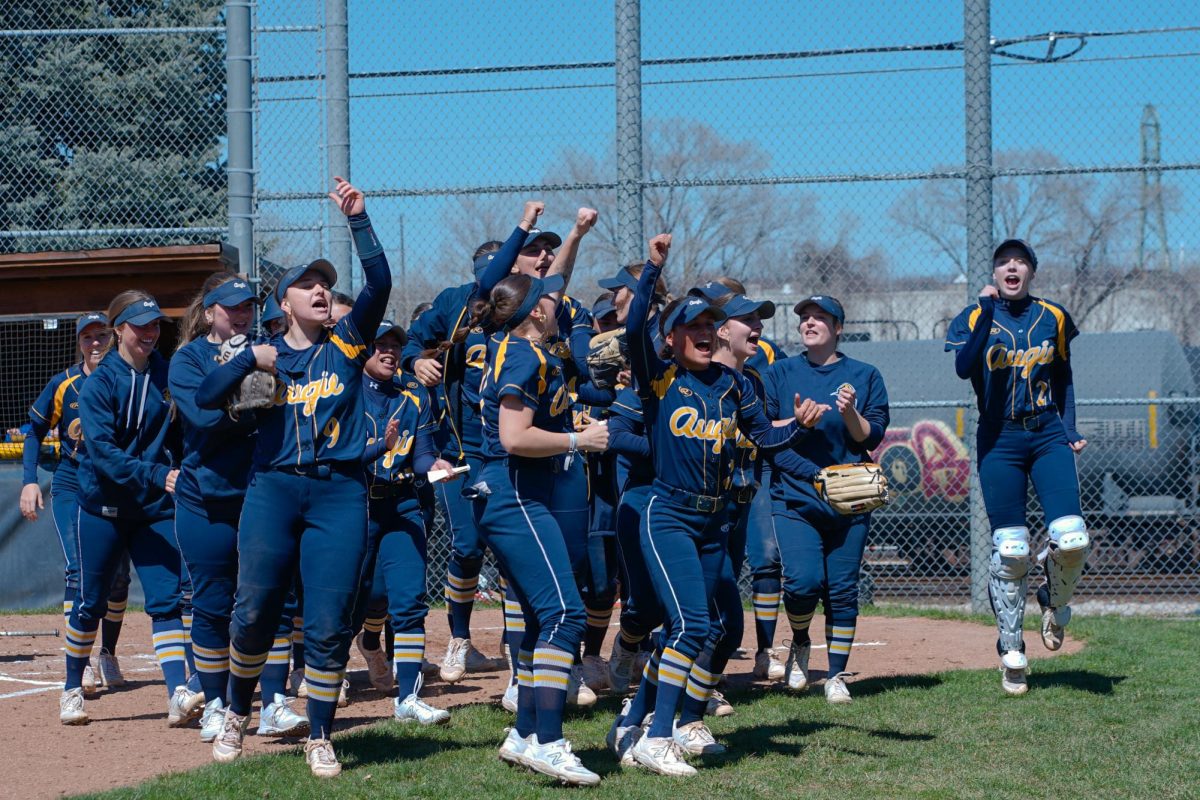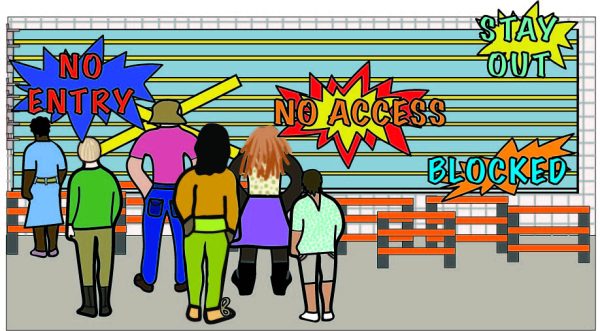Learning perspectives bring the best of both an open and core curriculum
November 6, 2021
A lot of students, including myself, might have asked themselves the question: “Why on Earth do learning perspectives exist?” They tend to believe that they stand in the way of completing major requirements and that it will take even longer for their college education to be complete.
However, this sentiment is extremely harsh. Augie actually has four times more double and triple majors than the national average. Students are able to accomplish as much, and perhaps even more than they originally intended when enrolling at Augustana.
The college uses learning perspectives to represent an in-between of an open curriculum and a closed one, as colleges known for open curricula across the country have similar parameters when it comes to planning one’s major pursuits.
Brown University, a prestigious Ivy League school known for its “Open Curriculum,” claims that students can become “the architect of their own education” and “responsible for their own intellectual and creative development.”
The university conveys how the result of an open curriculum is “a vibrant intellectual environment in which students are fully engaged as they explore courses in any and every discipline, priming them to think creatively and to develop innovative solutions to critical issues.”
Augustana’s learning perspectives and other requirements, especially the FYI/FYH courses, accomplish the same result.
In my own experience as an english and political science major, I believe I have learned to “think creatively” and consider critical issues on a larger scale.
Whether it may be sheer luck from my two majors, the majority of my learning perspectives (four of six to be exact) have been fulfilled by taking english and political science courses. To use the cliché, I have killed two birds with one stone, making great strides on my major requirements while earning my “PS.”
Another way I have been able to get ahead on my requirements is the fact that I was able to transfer 16 credits of content over from my high school. Because of AP credits, I was even allowed to earn my “PN” without having to take a science course on campus. If able to, students can use AP credits (at least that was my case) or dual credits to complete some perspectives before stepping foot on campus.
Even though few colleges advertise their open curricula as opportunities to be engaged and independent, they will still have mandatory courses or “general requirements” that apply to everyone. This doesn’t stray too far from Augie’s system.
Hamilton College, a small private liberal arts college located in Clinton, New York, provides the following answer to the question: “Can I really take whatever academic courses I want?”
“For the most part, yes…they will require you to enroll in three writing-intensive courses…We also expect you will demonstrate facility in quantitative and symbolic reasoning by completing one or more courses in…statistical analysis, mathematical representation, and logic and symbolic reasoning.”
Sound familiar? These parallel the suffix requirements Augie utilizes in addition to its learning perspectives, specifically the “Quantitative Reasoning” or “Q” suffix.
Augustana, Brown and Hamilton all share a common similarity: they all place great emphasis on their liberal arts curricula and a primary focus on their students’ engagement in the courses they take. While Augustana may not be as “open” as the other two examples I used, the end destination is the same, where students will be widely versed in an array of concepts and ideas that can apply to any major discipline.
Learning perspectives aren’t hindrances that distract students from their pursuits; rather, they enlighten them and put them on track to be better thinkers as a whole.


